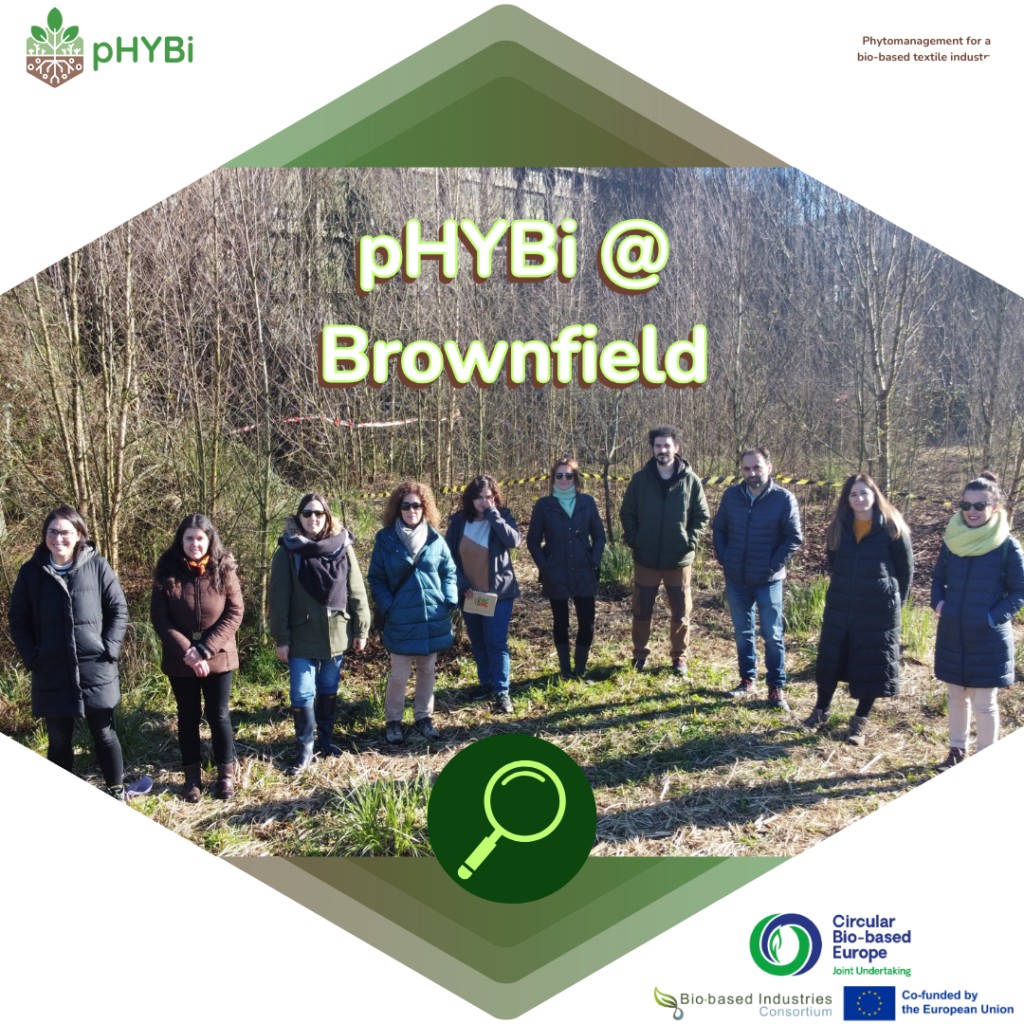The pHYBi project is conducting several phytomanagement trials across Europe to explore sustainable ways of managing contaminated sites. These case studies serve as both research platforms and biomass sources, providing important historical data to help shape remediation strategies.
At the Asturias site, ICCRAM, CETIM and INDUROT are collaborating on detailed site monitoring and environmental impact assessments. These efforts will ensure that phytoremediation approaches are data-driven and continuously optimised. By implementing robust monitoring techniques, the project is assessing soil health and feedstock quality, paving the way for more effective and sustainable remediation solutions.
The significance of the brownfiel site
The post-industrial brownfield site in Langreo, Asturias, has been a major industrial hub in Spain since the 19th century. Its history includes:
- A Nitrastur fertilizer plant, which ceased operations in 1997.
- Coal mining, coal-fired power stations, steel production, and chemical industries covering a 20-hectare area.
Main contaminants at the site
Decades of industrial activity have left the site heavily contaminated, with pollutants including:
- Heavy metal(loid)s, primarily from bioavailable pyrite ashes containing Pb (Lead), Zn (Zinc), Cd (Cadmium), and Cu (Copper).
- Other pollutants, such as slag, coal waste, hydrocarbons, and PAHs (Polycyclic Aromatic Hydrocarbons).
Advancing Phytoremediation Strategies
During the visit, discussions focused on advanced phytoremediation techniques designed to restore soil health and reduce contamination. The site already supports birch and willow trees, which are being analyzed for their ability to absorb and stabilize pollutants.
The pHYBi project plans to implementing different strategies, including:
- Evaluation of tree species for phytoextraction (removal of contaminants) and phytostabilization (immobilization of contaminants).
- Establishment of experimental plots to test new remediation approaches.
- Bioaugmentation – enhancing soil microbial activity to improve remediation efficiency.
- Biomass-derived amendments to support soil recovery.
- Nanobiophytoremediation, using nanoparticles to enhance plant-based remediation.
- Genome-scale metabolic models (GEMs) to monitor and optimize remediation performance.
Towards a Sustainable Future
Harnessing the natural ability of plants to absorb and transform contaminants is at the heart of the pHYBi project. Through phytoremediation, the project aims to. Improve the efficiency of contaminant removal from soil and water. The strategies tested in pHYBi will also help to broaden the range of contaminants that can be treated, while increasing plant resilience and remediation performance.
This research is an exciting step towards the valorisation of raw materials from contaminated land, their safe use and the sustainable restoration of degraded areas.
Find the description of all our sites here: Case Studies | pHYBi
More information also here: La Universidad de Oviedo participa en un proyecto que permitirá convertir suelos degradados en espacios aptos para el cultivo – Universidad de Oviedo – uniovi.es
